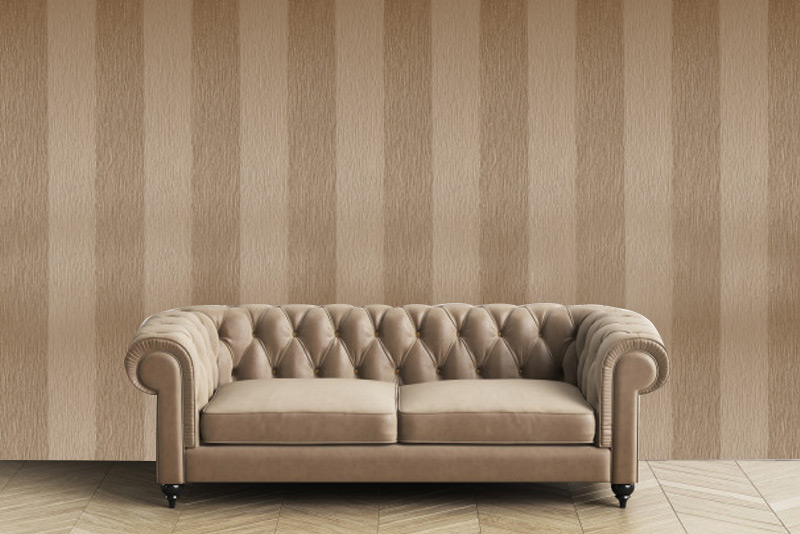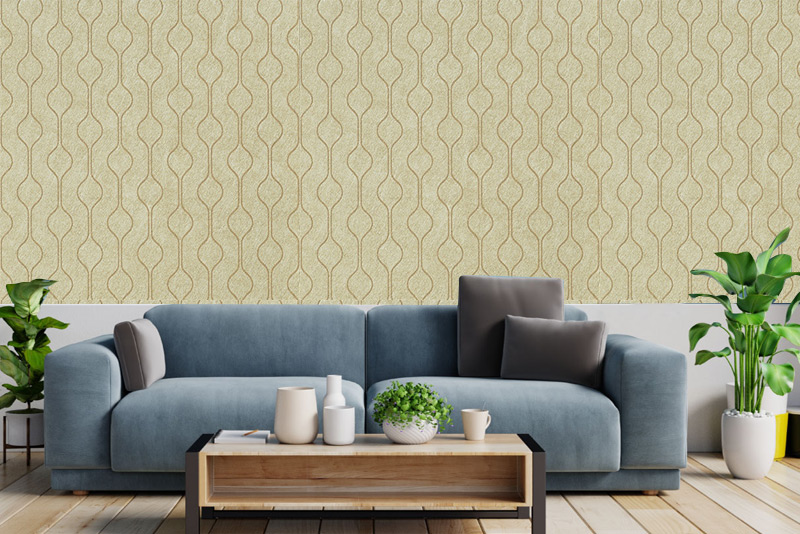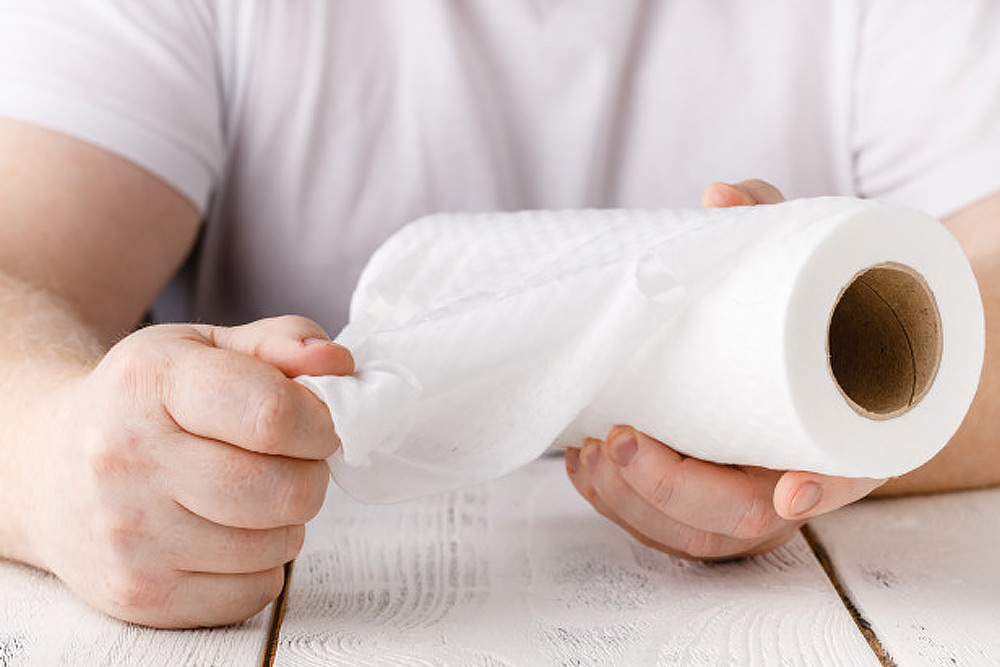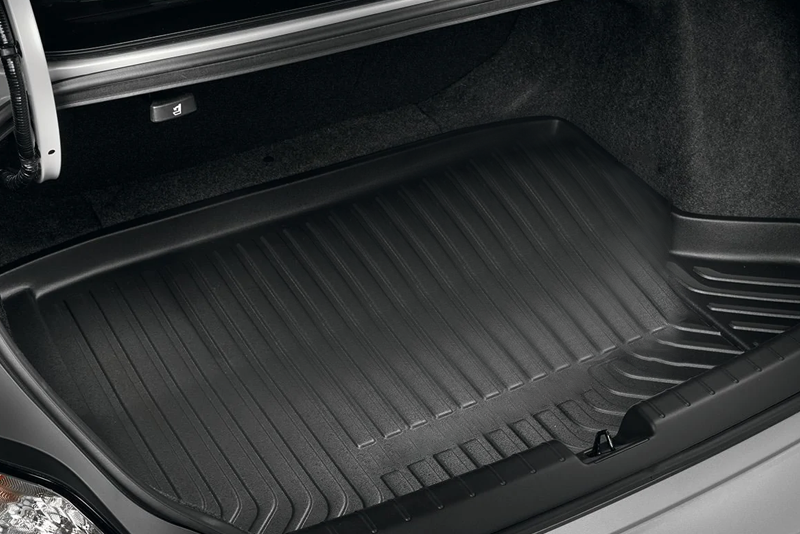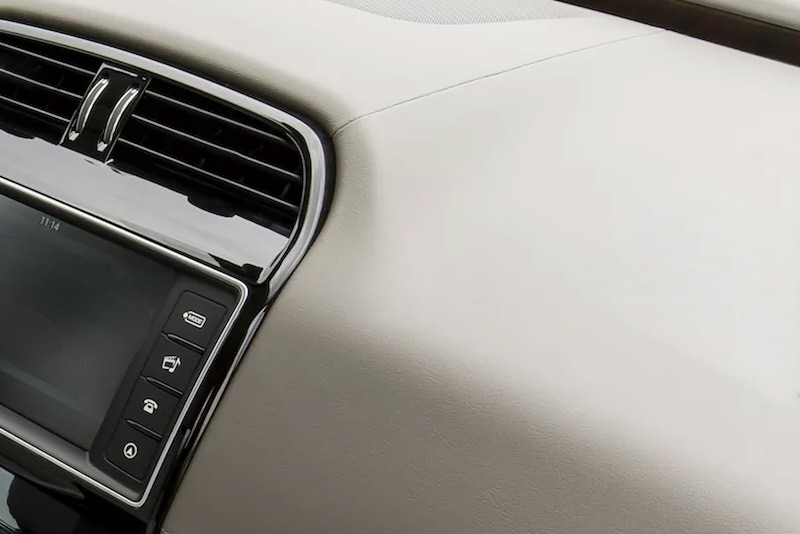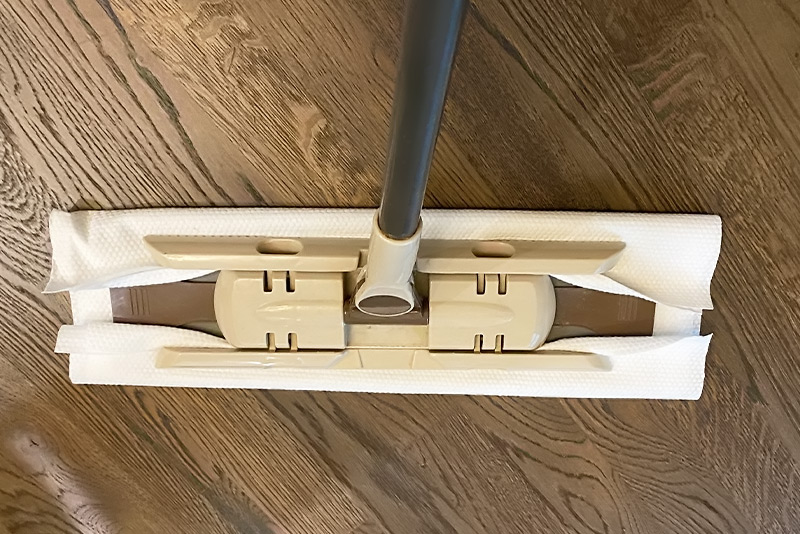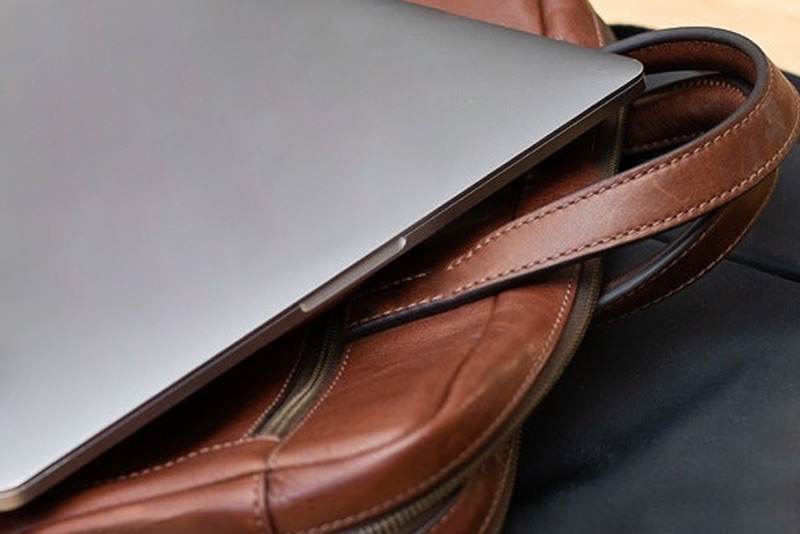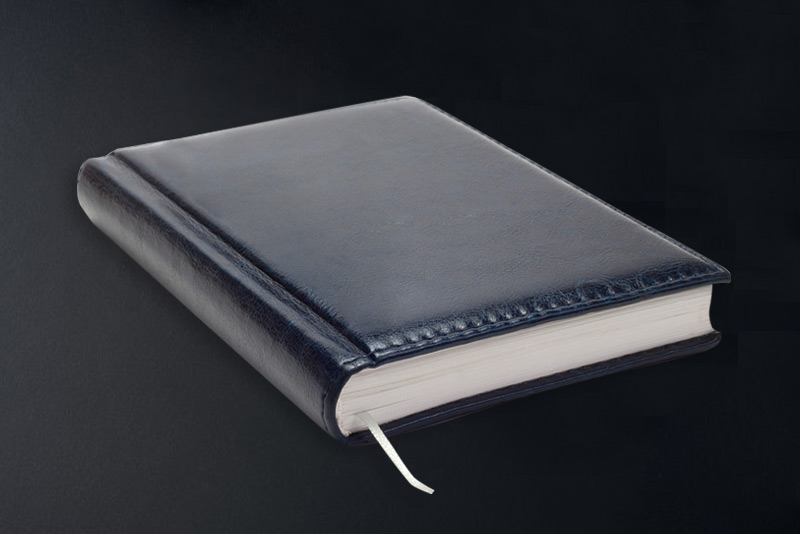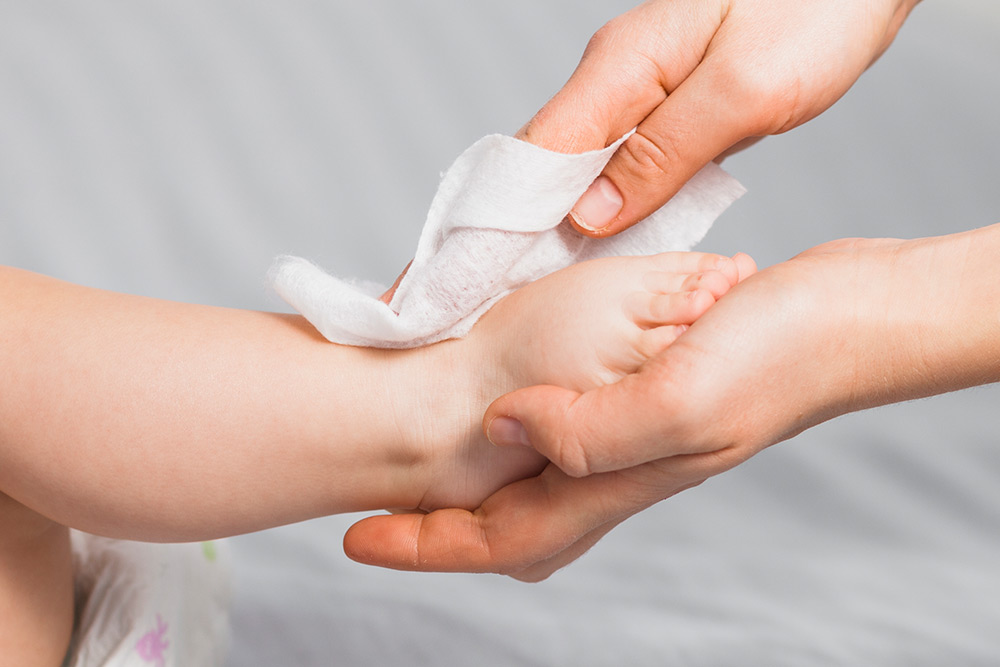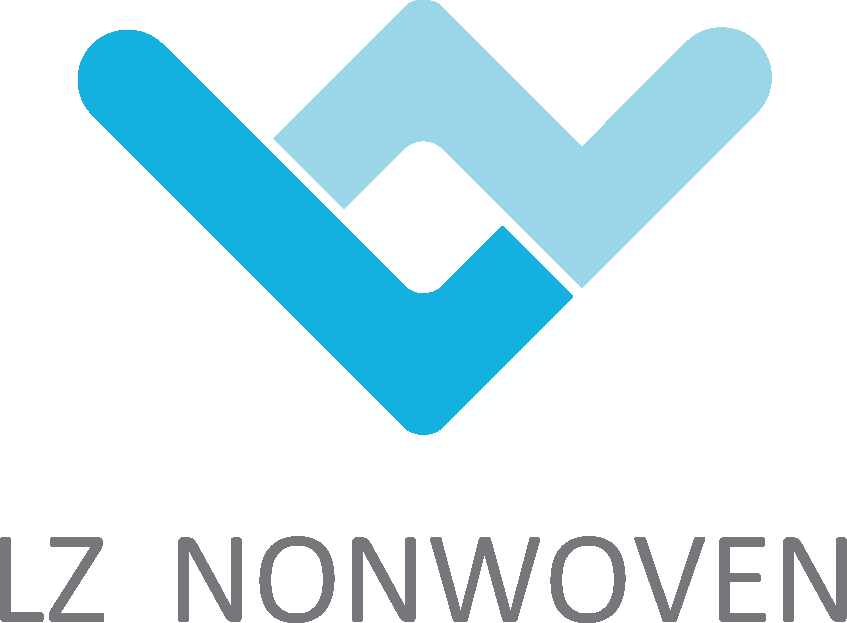Thick Spunlace Nonwoven is a nonwoven material made by spunlace process. It is widely used in various fields with its excellent thickness, softness, water absorption and versatility. This article will explore the production process, characteristics, main application areas and future development trend of thick spunlace nonwoven.
Spunlace nonwoven is a nonwoven fabric formed by spraying high-pressure fine water flow onto the fiber web to entangle the fibers with each other. This process does not require any chemical adhesives, and the bonding between the fibers mainly depends on the impact force of the water flow and the mutual entanglement of the fibers. In the production process of thick spunlace nonwoven, higher density fiber webs and higher pressure water flow are often used to ensure that the finished product has higher thickness and stronger physical properties.
This production process not only makes spunlace nonwovens have excellent softness and water absorption, but also retains its natural breathability and environmental friendliness. Therefore, thick spunlace nonwovens can be used for high-end personal care products and can also meet the demand for high-strength materials in the industrial field.
Thick spunlace nonwovens have a strong ability to absorb water due to the special arrangement and structure of the fibers. It can quickly absorb a large amount of liquid and disperse it into the material in a short time, preventing the liquid from being retained on the surface. This makes it very suitable for a variety of applications that require rapid water absorption, such as wet wipes, medical dressings, etc.
Spunlace nonwovens are known for their soft texture, especially in the case of higher thickness, which can provide excellent feel and comfort. This feature makes it widely used in personal care products (such as baby wipes, cotton pads) and high-end bedding.

Although thick spunlace nonwovens are very soft, they excel in tensile strength and durability. Its fiber structure has high strength after the spunlace process, and can maintain good physical properties during long-term use, and is not easy to tear or wear.
The fiber arrangement of spunlace nonwovens makes it have good breathability, which can ensure the circulation of air and water vapor and prevent moisture accumulation. This is especially important for applications that need to remain dry and breathable, such as medical dressings and disposable clothing.
The production process of spunlace nonwovens does not require the use of chemical adhesives, and many products can use biodegradable fibers such as cotton and viscose. This makes thick spunlace nonwovens have significant advantages in environmental protection and meet the requirements of modern society for sustainable development.
Thick spunlace nonwovens are often used to make various high-end personal care products, such as baby wipes, facial towels, and cotton pads. These products not only require the material to have excellent water absorption and softness, but also must have certain strength and durability to meet the daily use needs of consumers.
In the medical field, thick spunlace nonwovens are widely used in dressings, surgical wraps, disposable surgical gowns and other products. Its high water absorption and breathability can effectively prevent wound infection while providing a comfortable use experience. In addition, the sterile properties of spunlace nonwovens also make it an ideal material for medical and sanitary products.
Due to its excellent strength and durability, thick spunlace nonwovens are also widely used in the industrial field, such as industrial cleaning cloths, filter materials, and protective packaging materials. Industrial fabrics need to withstand high mechanical stress, and the tear and abrasion resistance of thick spunlace nonwovens can meet these needs well.
Thick spunlace nonwovens are also beginning to emerge in the field of home furnishing and interior decoration. It can be used to make high-end bedding, furniture linings, curtains, etc. Its soft texture and good breathability bring great comfort to home products. At the same time, its environmental protection characteristics are also in line with the pursuit of health and sustainable life by modern families.
With the growing demand of consumers for high-quality and environmentally friendly products, the market prospects of thick spunlace nonwovens are very broad. Future development trends may include:
In the future, thick spunlace nonwovens may introduce more new fiber materials, such as natural fibers, recycled fibers or functional fibers, to further enhance the environmental protection and functionality of the products.
With the development of smart textiles, thick spunlace nonwovens may integrate more intelligent functions, such as antibacterial, waterproof, UV protection, etc., to meet the needs of specific industries or consumers.
Personalization and customization are the future development direction. According to the needs of different customers, customized thick spunlace nonwoven products are provided to meet the needs of specific uses or application scenarios.
Thick spunlace nonwovens, with its unique production process and excellent performance, have shown broad application prospects in many fields. Whether in personal care, medical and health, industrial fabrics or home decoration, it plays an indispensable role. With the continuous advancement of technology and changes in market demand, thick spunlace nonwovens will surely usher in more extensive and in-depth development in the future.


 English
English 简体中文
简体中文 日本語
日本語
